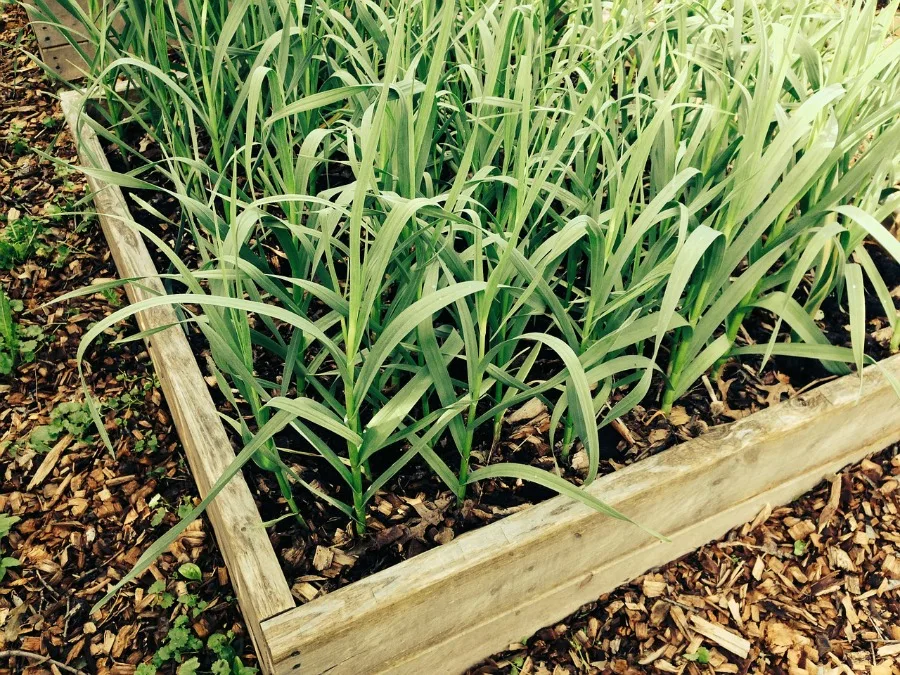Raised garden beds are an easy way to solve numerous gardening challenges. They are easy to build and allow gardeners to grow a wealth of plants. However, filling these beds can get rather expensive unless you know some handy tips and tricks. Here are some tips on how to cheaply fill a raised garden bed.

Mix Compost and Soil with a 1:1 Ratio
Another affordable way to fill raised garden beds is to use a mixture of compost and soil with a 1:1 ratio. To get started, you need to measure the length, width, and depth of your raised garden bed in order to determine the amount of mixture you need to completely fill the bed. Then, use a soil calculator to help determine the exact amount of the mixture you need to fill the whole bed.
Once you have the total, you need to collect the soil and compost, again in a 1:1 ratio. You can either get the soil from your yard or a garden center. If you are buying compost as opposed to using your own, remember to make sure it is made from food craps, plant matter, and manure.
Once you have the correct amounts of each, pour them into your raised garden bed. Use a gardening tool or your gloved hands to thoroughly mix the soil and compost together. Then pull out any rocks you may find in the mixture as large rocks as stones may restrict the growth of plants.
How high to the top you want to fill the bed is completely up to you. However, if you want to grow straight up plants, you need to have the soil blend flush with the top of a garden bed. To grow flowers, make sure you leave sufficient place between the soil’s top and bed’s top so you can see them once they grow to full height.
Lasagna Method
The Lasagna gardening method calls for various types of organic materials that will easily compost. Many gardeners prefer a blend of 1 part of grass clippings and 2 parts of torn leaves since you can collect leaves from your yard and get grass clipping after mowing.
Begin by filling the base of the bed with a layer of compost. Make sure to spread the material equally across the bottom of the raised bed. If you are using several different organic materials, use your hands to mix them up. Fill the bed hallway with the compost.
Next, put a layer of newspaper or cardboard on top of the compost layer. If using newspaper only, use 2 to 3 layers. If using cardboard, one layer will work fine. The purpose of this layer is to keep the soil and compost layers separate. Make sure to spread the sheets of newspaper or cardboard all the way around so it covers the edges of the compost, too.
The last layer is the soil. To save money, use the native soil of your yard. If you don’t have any, you can always purchase a soil substitute or topsoil. Make sure to remove any rocks from the soil and fill your raised beds to the top. Once finished, your raised garden bed is ready to plant.

Alternative to Raised Gardens
Don’t have enough room for a raised garden bed? Try a grow bag instead. These nifty fabric bags are ideal for growing vegetables and flowers. In regular containers, a plant’s roots grow until the reach the sides, and then they begin to circle around the container’s inside. This leads to the roots becoming constricted which in turns leads to them absorbing less water and nutrients. The process of structural damage to the plant has begun.
In a grow bag, on the other hand, the plant’s roots eventually come into contact with the edges of the fabric pot. They then sense the drier soil that is exposed to air and know that they have reached their growth limit, The tips become air pruned which is an important part of growing healthy plants in containers.
Final Thoughts
Raised garden beds have been around for hundreds of years. They offer many benefits including increased productivity, improved soil conditions such as drainage, increased flexibility and they even make irrigation more efficient. Once you learn how to affordably fill a raised garden bed, you can start growing pretty much any herb garden, vegetable, flower or plant garden you want.
